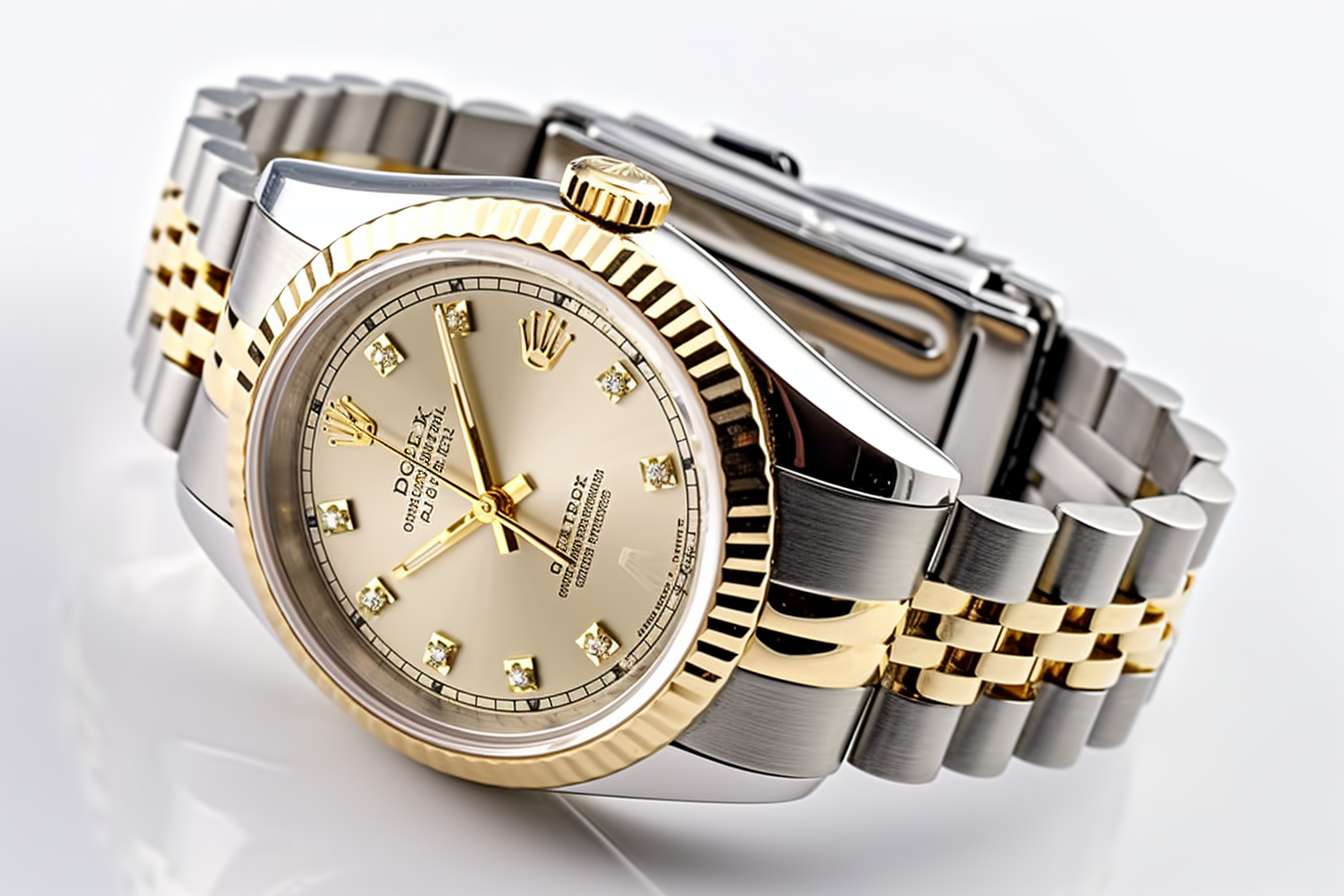Understanding Which Watch Brands Maintain Value Over Time
In the world of luxury timepieces, certain watch brands have developed a reputation not just for craftsmanship, but for retaining value across generations. While styles and models may shift over time, some names continue to carry weight among collectors and investors. This guide explores what people consider when evaluating which watches tend to maintain or even increase in worth.

What Makes a Watch Brand Hold Its Value?
The ability of a luxury watch to retain value typically depends on several key factors. Brand heritage, manufacturing quality, limited production numbers, and market demand all play crucial roles. Established brands with long histories of excellence, such as Rolex, Patek Philippe, and Audemars Piguet, tend to demonstrate stronger value retention due to their proven track records and enduring appeal.
Which Brands Are Known for Best Resale Value?
Rolex consistently leads the pack in terms of value retention, with certain models even appreciating over time. Patek Philippe and Audemars Piguet follow closely, particularly with their sports models and complicated timepieces. A. Lange & Söhne and Vacheron Constantin also show strong value retention, especially in their high-end collections.
How Do Rolex vs Omega Value Propositions Compare?
While both brands produce exceptional timepieces, their value retention patterns differ significantly. Rolex typically retains 60-80% of its original value, with some models appreciating. Omega, while excellent in quality, generally retains 40-60% of its initial value. This difference stems from factors including brand positioning, production volumes, and market perception.
What Are Typical Watch Depreciation Rates?
Watch depreciation rates vary significantly across brands and models. Most luxury watches experience their steepest depreciation in the first year, typically 20-30%. After this initial drop, depreciation tends to stabilize, with some models reaching a plateau or even beginning to appreciate after 5-10 years.
Which Factors Impact a Luxury Watch Investment?
Several key elements influence a watch’s investment potential:
-
Limited production numbers
-
Material composition (precious metals versus steel)
-
Complications and technical features
-
Brand heritage and market reputation
-
Condition and original documentation
-
Market trends and collector preferences
| Brand | Average Value Retention (5 years) | Initial Price Range (USD) | Investment Potential |
|---|---|---|---|
| Rolex | 70-85% | $8,000-40,000 | High |
| Patek Philippe | 75-90% | $25,000-200,000+ | Very High |
| Omega | 40-60% | $4,000-25,000 | Moderate |
| Audemars Piguet | 65-80% | $20,000-100,000+ | High |
| Cartier | 40-55% | $5,000-30,000 | Moderate |
Prices, rates, or cost estimates mentioned in this article are based on the latest available information but may change over time. Independent research is advised before making financial decisions.
What Should Potential Watch Investors Consider?
When considering a luxury watch as an investment, focus on established brands with proven track records. Purchase from authorized dealers to ensure authenticity and maintain complete documentation. Remember that condition is paramount - regular maintenance and careful handling can significantly impact future value. While some watches may appreciate, it’s wise to view them as long-term holds rather than short-term investments.
A luxury timepiece can be both a joy to own and a store of value, but like any investment, thorough research and careful consideration of market factors are essential for making informed decisions. The most successful watch investments typically combine passion for horology with patient, strategic thinking about long-term value retention.




